people
trying to give you the best experience for building lasting networks
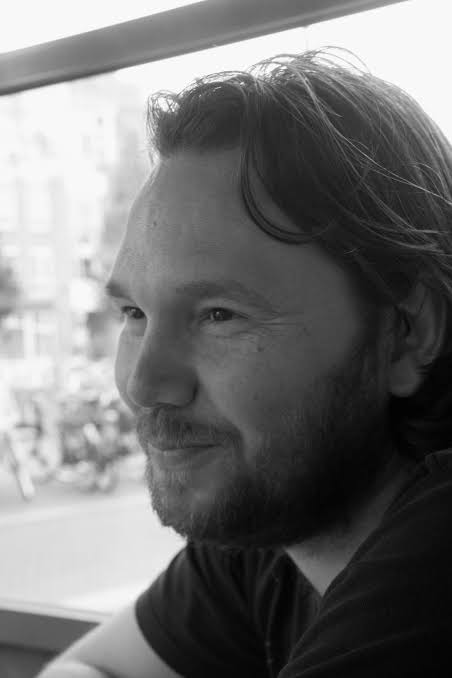
AG Linneweber
Institute of Biology
Head of the Individuality lab
Outside of the JEDI council, I lead the Linneweber Individuality Lab, founded in 2021 at the Institute of Biology at Freie Universität Berlin. Our research focuses on understanding the biological origins of behavioral individuality, using the vinegar fly Drosophila melanogaster as our primary model organism. By studying these seemingly simple animals, we aim to uncover the complex interplay between genetic, environmental, and stochastic factors that shape individual variation within all populations of animals. We are focussing on behavioral differences, but we also care for the orgins of other non-neuronal individual variation.
As a DFG Emmy Noether Group Leader, my team and I explore how developmental variability, neural circuit dynamics, and environmental influences interact to generate individuality. We employ a multidisciplinary approach, combining advanced techniques such as in vivo imaging, genetic manipulation, bioinformatics, machine learning, and quantitative behavioral analysis. These tools allow us to investigate the underlying mechanisms of variability at multiple levels, from molecular pathways to whole-organism behavior.
Through our work, we seek to contribute to a deeper understanding of how individuality arises and evolves, providing insights not only into animal behavior but also into broader biological principles creating variance across species. Using this approach we seek to spread a better understanding of individuals throughout the galaxy.

D Hadjieconomou
Paris Brain Institute
Head of the GutSense lab
I’ve always been fascinated by how the nervous system regulates animal physiology through interactions with other organs. My scientific journey began in Greece, where I completed my undergraduate studies, before moving to London for my PhD and postdoctoral training. Initially, I studied how the nervous system develops into a functional unit, but over time, I became increasingly interested in how it coordinates physiological changes in response to evolving internal needs.
In 2023, I established the GutSense team at the Paris Brain Institute (ICM). We focus on understanding the “ins and outs” of how the nervous system computes internal needs in response to external environmental cues, with a particular emphasis on the brain-gut axis function and its role in metabolic health.
Our approach integrates animal behavior, physiology, anatomy, and molecular function.
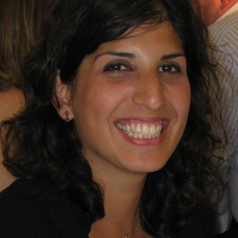
G Kohlahgar
Cambridge Stem Cell Institute
Head of the Gut maintenance lab.
After obtaining a degree in Biochemistry and a Master of Science at the University Paris 6 (France), I worked as a research assistant in Alfonso Martinez-Arias’ lab, where I started learning about developmental biology. During my PhD in Jean-Paul Vincent’s lab at the MRC National Institute of Medical Research (London), I studied how embryonic epithelial cells undergo apoptosis after they lose contact with their neighbours. Further interested in signal transduction, I joined Eugenia Piddini’s lab as a postdoctoral researcher at the WT/CRUK Gurdon Institute (Cambridge) to study how differences in cellular fitness affect cell-fate decisions in tissue homeostasis.
In 2017, I started my group at PDN with a Sir Henry Dale Fellowship, jointly funded by the Royal Society and the Wellcome Trust. We explore the roles of extracellular factors and adhesion proteins with regard to cell-fate decisions in the Drosophila intestine.
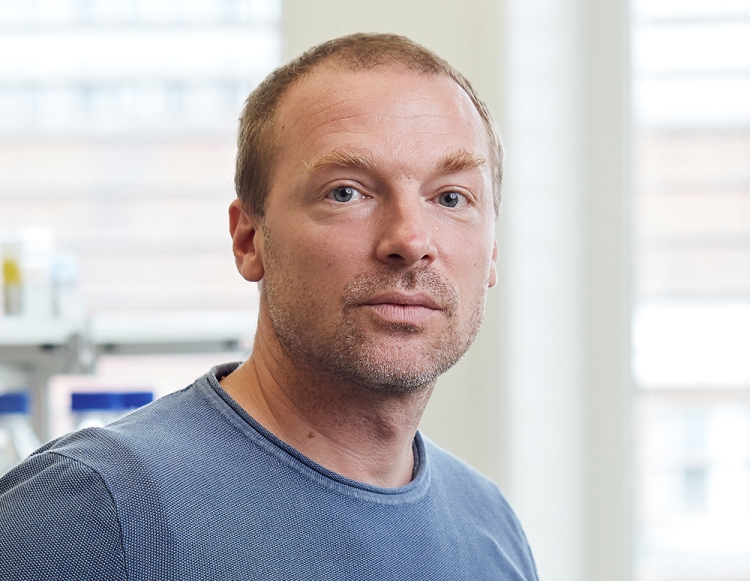
J Felsenberg
Friedrich Miescher Institute for Biomedical Research
Head of the Neural circuit mechanisms of memory re-evaluation lab
We investigate how neural processes allow memories to be changed. When actual experience does not accurately match a learned expectation, the underlying memory can become destabilized and therefore is rewritable through a process called memory reconsolidation. The Felsenberg group studies the tractable brain of the fruit fly Drosophila to understand fundamental neural operations of memory re-evaluation and reconsolidation.
Flies can learn to seek or avoid odors, previously associated with reward or punishment. Genetic tools in the fly allow us to investigate the neural circuitry involved in olfactory learning and information storage down to single neuron resolution. We combine behavioral assays, thermo- and optogenetic manipulations with in vivo imaging, to gain a mechanistic understanding of memory update systems. We are investigating how new information is integrated into existing memories and how this update changes the neural representation of the memory.
Under certain circumstances, memories seem to be protected from the temporary fragility of reconsolidation. Such limitations, or boundary conditions, of memory re-evaluation allow us to explore the neural underpinnings with greater depth. With our research, we aim to explain how different types of memories can be permanently changed or - under certain circumstances – even erased.
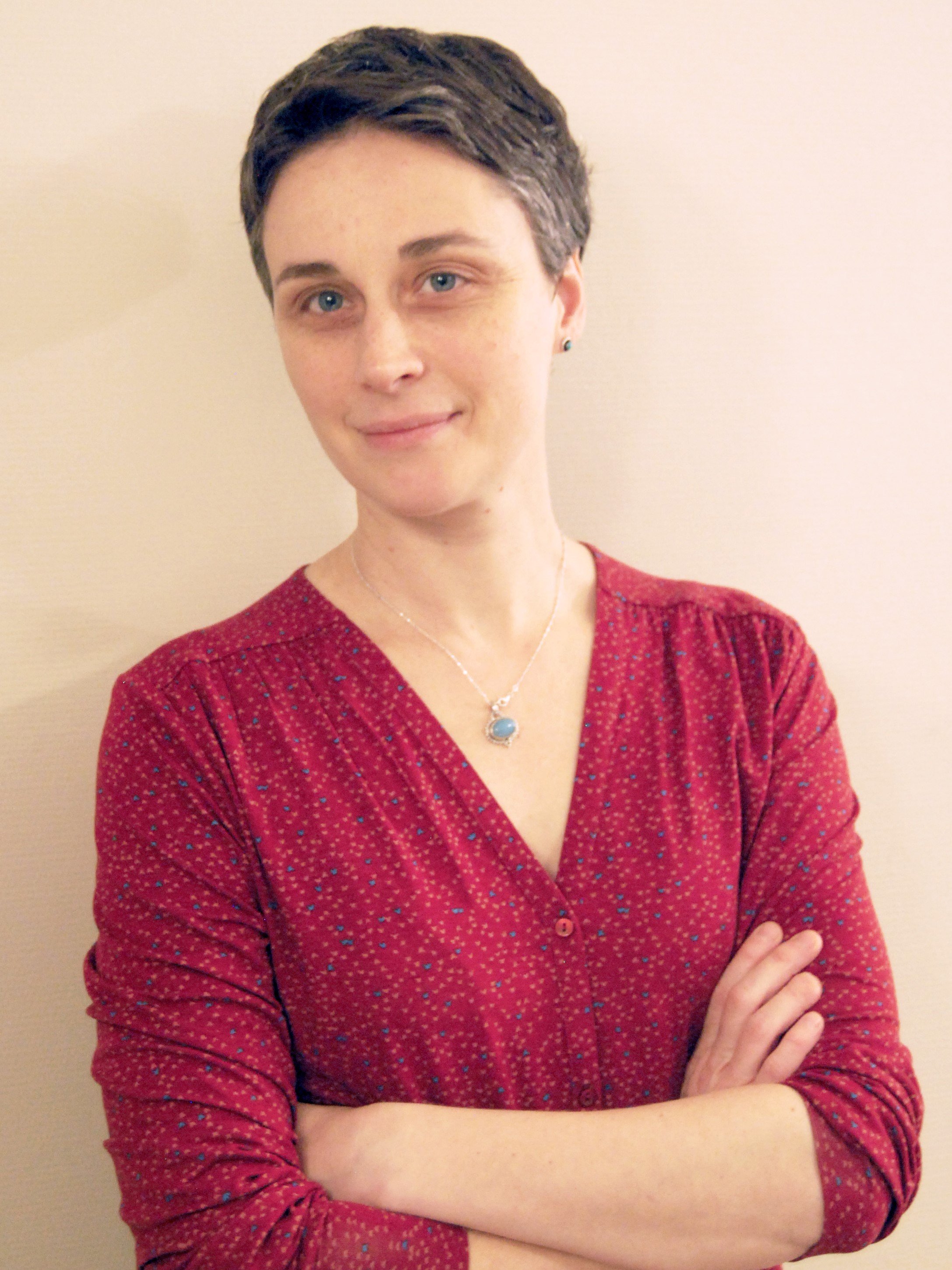
K Siudeja
Institute for Integrative Biology of the Cell
Head of the Nuclear dynamics and repetitive DNA in tissue homeostasis lab
Life-long tissue homeostasis requires maintained function of differentiated cell types as well as progenitor cells, which ensure tissue self-renewal. We are interested in uncovering the roles that repetitive DNA sequences, including transposable elements (TEs), play in somatic tissues and their different cell-types. The impact of TEs on the soma is an active area of research. Although most TE sequences remain silenced in somatic cells, some are actively transcribed and a fraction may retain their ability to mobilize through copy-and-paste mechanisms. Our projects aim to better understand: 1- How are TEs, or other repetitive DNA sequences, controlled in somatic cell types? 2- What is the impact of repetitive DNA on cell function in vivo? 3- What are the long-term consequences of DNA repeat activity at a tissue and organism level? To answer these questions, we are combining developmental and cell biology approaches, with genomics. Our primary focus is on the fly intestinal tissue, a self-renewing epithelium, maintained by a population of multipotent stem cells. Apart from its digestive functions, the tissue is critical for immune and stress responses, and for the organism longevity.
Our projects combine various experimental methods, such as: genetics, genomics (next generation short- and long-read sequencing), computational biology, imaging, lineage tracing in vivo or longevity studies.
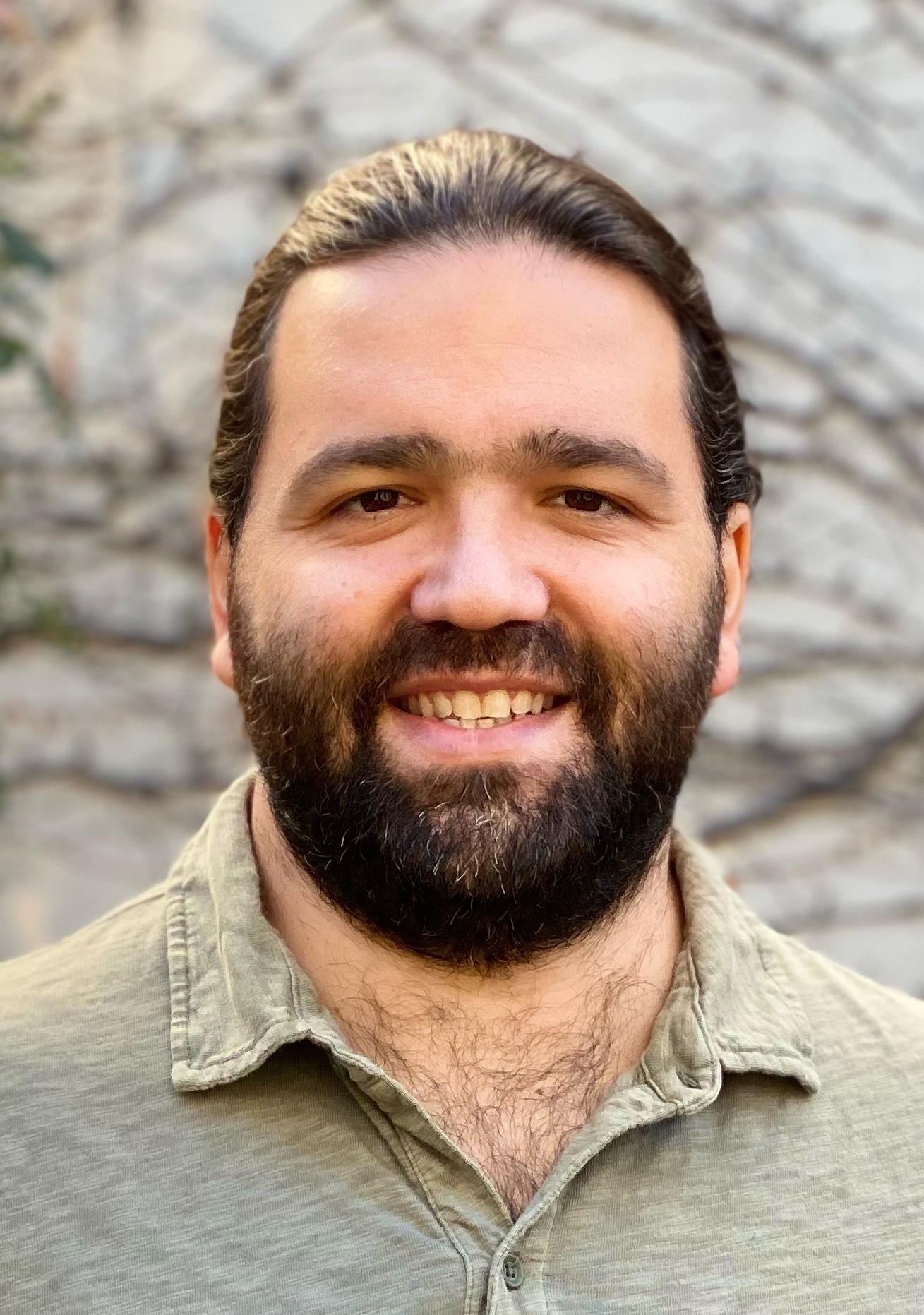
N Konstantinides
Institut Jacques Monod
Head of the Comparative Developmental Neurobiology lab
I am a group leader at the Institut Jacques Monod in Paris, France. I started my group three years ago and our research is focused on the evolution of neurodevelopmental mechanisms, in an effort to understand how the impressive neuronal diversity is generated over the days or weeks of embryonic development and how these developmental mechanisms have evolved over the millions of years of animal evolution. The questions that we address have been shaped by my prior research experience. I got interested in development as an undergraduate student, when I worked on understanding how silkworms regulate the expression of chorion genes during follicle development. During my PhD, I studied the evolution of regenerative capacity using appendage regeneration as a model the appendage regeneration of an amphipod crustacean, Parhyale hawaiensis. Finally, I got excited by neurobiology during my postdoctoral studies in the lab of Claude Desplan, where I studied the patterning mechanisms that specify neuronal types in Drosophila melanogaster and how neurons acquire their terminal molecular, physiological, and morphological characteristics once they are specified.
In our group, we combine different areas of expertise to tackle our big question: how do complex systems develop and evolve and, in the case of neuronal systems, how do they assemble into functional circuits that drive certain behaviors? We take an integrative approach that includes molecular biology, genetics, modeling, bioinformatics, and genetic tool development.
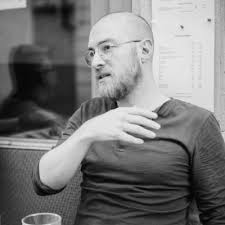
M Rera
Biologie Fonctionnelle et Adaptative
Head of the Understanding the End-of-Life team.
Trying to understand what ageing is, where it comes from and where it gets us, since 2005. Building the two-phase ageing framework since I first described the Smurf phenotype in Drosophila melanogaster . I started my research group "Understanding The End-of-Life" (UTELife) in 2018.
The core of the research project I am carrying is strongly transdisciplinary, from basic biology, genetics and physiology to bioinformatics and mathematical modeling.